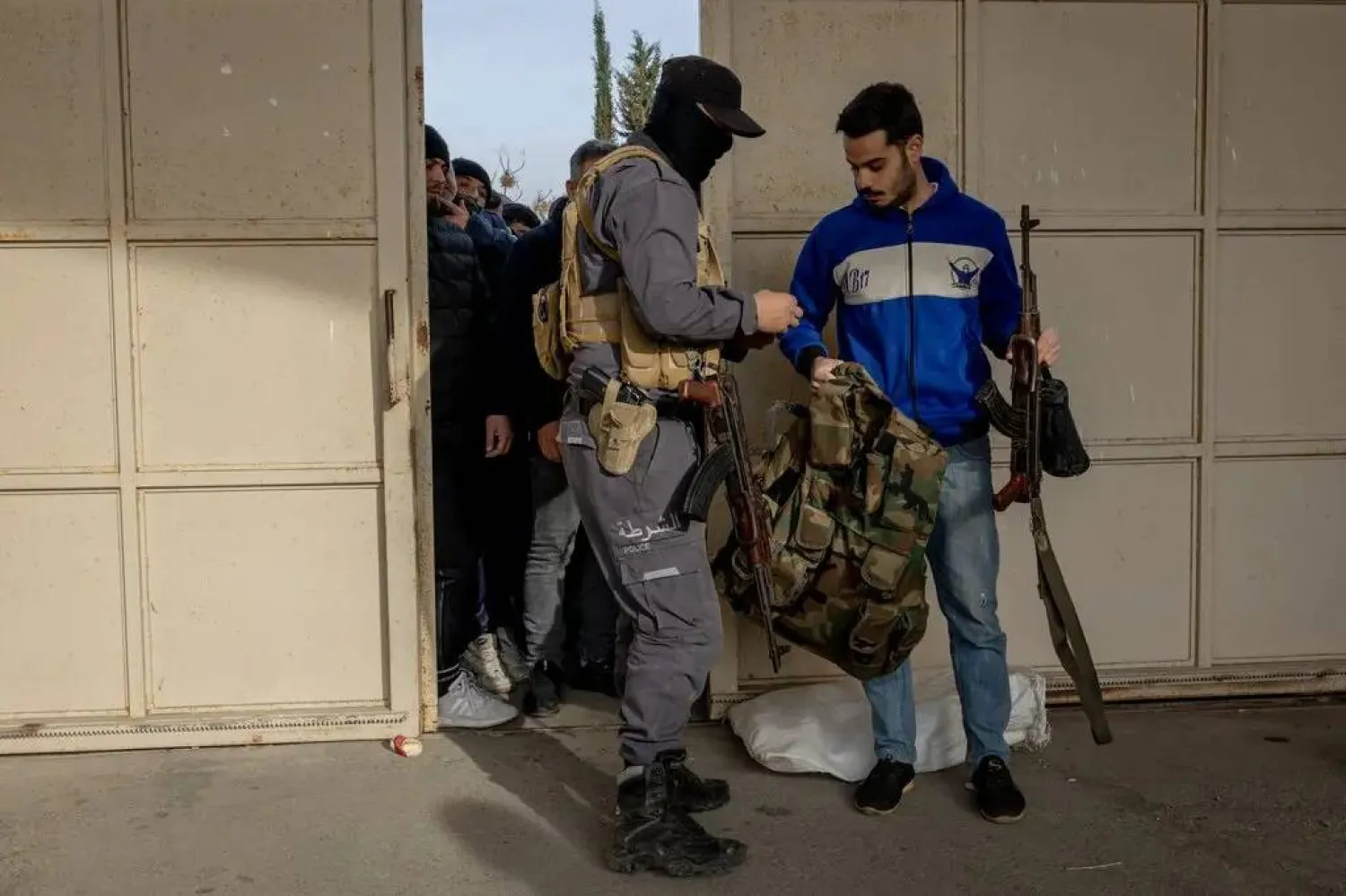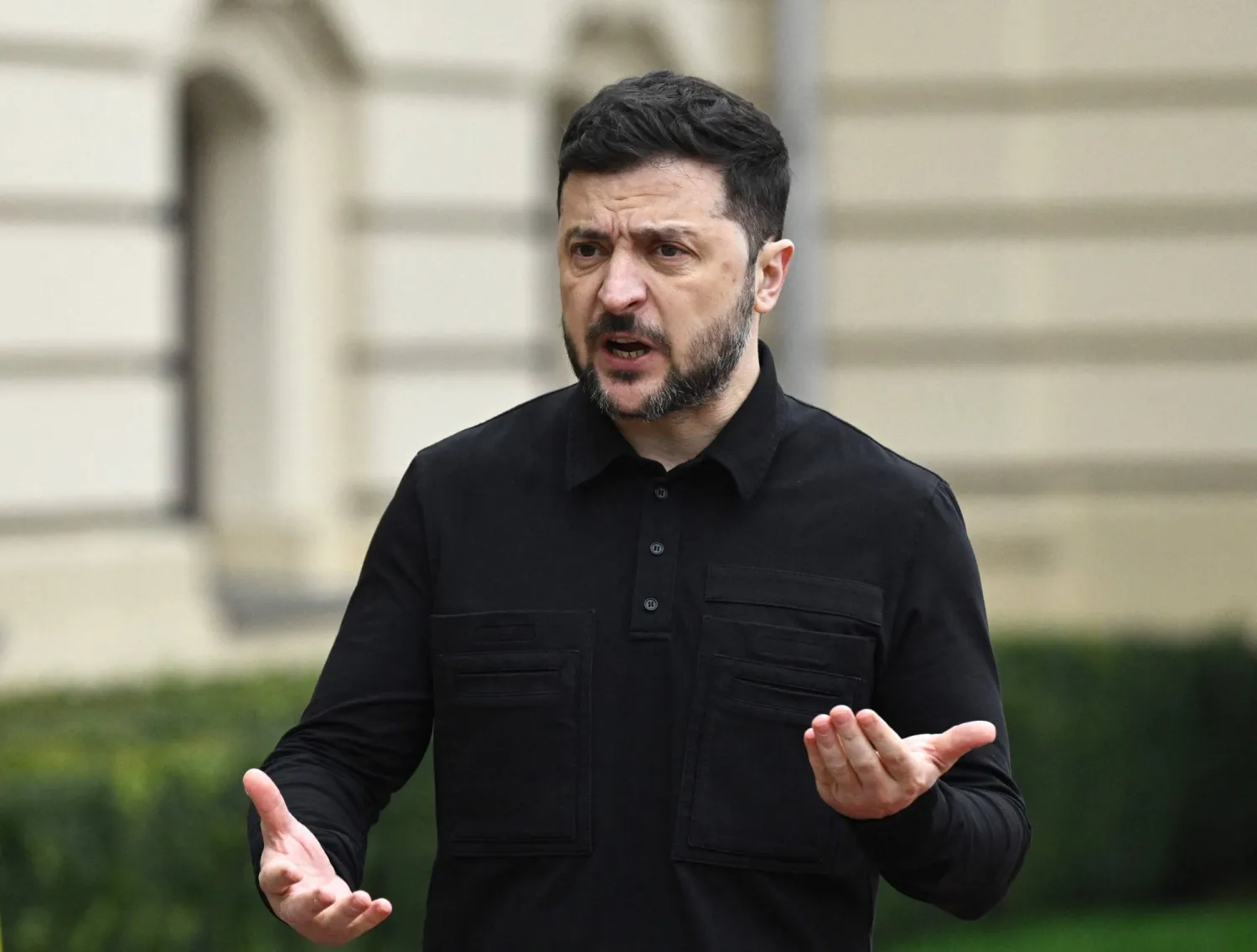The relationship once shared between the late Syrian and Iraqi leaders, Hafez al-Assad and Saddam Hussein, can be described as both complicated and intertwining. So was the history between Damascus and Baghdad.
Many factors, such as politics, sectarianism, ideology, and geography, defined the characteristics of the ties between Iraq and Syria and the race towards leadership in the region.
The roots of the competition for regional domination can be traced back to the interlocked fate of the two countries. Baathists had arrived in power in Damascus in March 1963 but ended up losing Baghdad by the end of the same year.
However, after managing to steer governance in Syria to a new direction in 1966, the Baath party made its way back to the forefront of authority in Iraq a couple of years later. In 1970, Assad went on to end all struggles facing the movement with his Corrective Revolution.
There were several attempts to reconcile the two Baathist regimes in Iraq and Syria.
Indeed, Iraq assisted with the 1973 October War and Oil Embargo. But the relationship would soon return to falling apart. At the time, Saddam was “soaring” under the wing of former Iraqi President Aḥmad Ḥasan Bakr, while Assad was solidifying his position and influence in Damascus and Lebanon in 1976.
Breakthroughs in Egyptian-Israeli negotiations and tokens of a “revolution” in Iran meant that both Syria and Iraq would lay on a “bed of thorns.” This led to presidents Bakr and Assad signing the Charter of Joint National Action in 1978, which culminated in plans and treaties that would lead to the unification of Iraq and Syria at the start of 1979—two weeks before a “revolution” was announced in Tehran.
Hungry after more power, each of Saddam and Rifaat al-Assad, former Vice President of Syria and Assad’s younger brother, opposed the initiative.
While Assad managed to toe his brother back in line, Saddam succeeded in overthrowing Bakr and rise to power in July 1979. On the way to becoming Baghdad’s new ruler, Saddam ordered the execution of unification “enthusiasts” and accused Syria’s then Vice President of “conspiracy.”
After the signing of the Camp David Accords, Assad sought to reinforce the “southern front” against Israel. This effort was mirrored by a similar endeavor by Baghdad fortifying Iraq’s eastern gates against Iran.
Soon after the Iraq-Iran war began after the “revolution” in Tehran, Assad sided with Saddam’s enemy, and the Damascus-Baghdad track dove into yet another deep valley. Baghdad responded by severing relations with Damascus in October 1980 and supporting the “Muslim Brotherhood” in Syria.
Preoccupied with its agenda in Lebanon, Syria shut down borders with Iraq in 1982, cutting off the Iraqi oil pipeline to the Mediterranean. Iran then moved on to replace lost Iraqi oil with its own.
Secret Meetings
In the mid-80s, towards the end of the Iran-Iraq War, Jordan’s King Hussein brought Assad and Saddam together for a “stormy marathon” meeting.
Moreover, “secret” and “experimental” meetings were held between former Syrian vice presidents Farouk al-Sharaa, Abdul Halim Khaddam, and Saddam’s close aid, Tariq Aziz.
After Iraq invaded Kuwait in 1990, Assad decided to join the international coalition to liberate the Gulf country. While the Syrian president strengthened his internal economic status and influence in Lebanon, his Iraqi counterpart, Saddam, was drowning in a quagmire of isolation and sanctions.
In the mid-90s, the Baathist “comrades” would try to take the pulse of bilateral relations once again.
Assad was motivated to look for alliances that would protect him from the uncertainty of peace negotiations with Israel and help solve an economic crisis at home. At the same time, Saddam sought any way he could break the siege on Iraq.
Turkish pressure, the aftermath of Hussein Kamel, Saddam’s son-in-law, fleeing to Amman under the banner of changing his father-in-law’s regime, and Jordan’s talk of “federalism” would also bring Assad and Saddam closer.
The two kingpins referred to choosing two of their most trusted companions to head a secret communication backchannel.
Saddam picked his former bureau chief and ambassador in Doha, Anwar Sabri Abdul Razzaq al-Qaisi, and Assad assigned Khaddam, who had served him well during his struggle with Baathist comrades in the 60s.
Each of Qaisi and Khaddam was well aware of the need for utmost confidentiality with their task.
When comparing Khaddam’s records, which he took to Paris in 2005 and Asharq Al-Awsat had access to, and an exclusive interview with Qaisi, a difference in opinions surfaces about who jumpstarted the channel.
Khaddam says that Saddam broke the ice in August 1995, but Assad met this initiative with “doubts” in light of their shared history and Saddam’s role in thwarting the Charter of Joint National Action in 1979.
Rising above his doubts, Assad decided to hold dialogue and test Saddam before turning on a new leaf, according to Khaddam.
But Qaisi claims that Assad first launched the initiative after publicly declaring Jordan’s ambitions for federalism as a threat to Syria and Iraq. According to the former ambassador, after Assad’s declaration, he received a signal from Khaddam to open a channel between the two presidents.
Rushing in…Slowing Down
In his letters to Assad, Saddam seemed in a rush to reopen the two embassies that were closed in 1982 and to hold political meetings and open the borders.
In early 1996, Assad responded to Saddam’s request with patience and cautiousness to not drive a wedge between Damascus and Arab countries. He informed his Iraqi counterpart that he intends to “conduct contacts with a number of Arab countries in order not to complicate the Arab situation further.”
Qaisi told Asharq Al-Awsat that he secretly visited Damascus six times, four of which were made through trips transited from Sudan.
“Saddam was serious about opening a new page with Assad to restore relations,” he told the newspaper, adding that he was given the green light to show Iraqi readiness for far-reaching reconciliation.
“The president told me to tell the Syrians that if Assad took a step forward, he would match it with ten ahead,” said Qaisi.
Opening the channel, according to Qaisi, was to “convince brothers in Syria not to receive Kamel.”
“Indeed, he was not received due to the common concern about Jordan’s ambitions for proposing federalism,” noted Qaisi, adding that Saddam had proposed holding a secret summit with Assad on the border, forming a “joint political leadership,” and holding bilateral discussions on reviving the Charter of Joint National Action, as well as floating the idea of an Arab summit in Damascus for Iraqi-Arab reconciliation.
“King Hussein’s recent statements, before his visit to Washington, confirm that he is accelerating the push for the United States concluding a military agreement and forming a regional alliance with Israel and Turkey at its backbone; this is certainly directed against Iraq and Syria,” Saddam wrote to Assad in March 1996.
Corollary, the then director of the Iraqi Intelligence Service Mani Rashid revealed that Iraqi-Syrian covert security meetings were held to ensure coordination “against Jordan and Turkey placing the two countries between the claws of a pincer.”
According to Qaisi, Saddam “openheartedly” welcomed Assad’s stingy criticism of establishing federalism in the region.
“Abu Uday”
In the letter exchanges and records of the top-secret meetings, the discourse between Saddam and Assad saw a significant shift, to the extent that Khaddam would convey the latter’s greetings to “Abu Uday (father of Uday: Saddam)” – in Arabic, referring to someone by their fatherhood is considered a sign of respect and amiability.
For his part, Saddam would refer to Assad as “the brother President.” The letter exchange proceeded to be dominated by what the two can do and what they want to do.
Besides talking to Saddam, Assad carried on with contacting Arab nations and informing French President Jacques Chirac that “the situation in Iraq is worrying and has become a ticking bomb about to explode.”
Behind closed doors, Chirac surprised Assad by opening yet another issue: The Syrian presence in Lebanon. The French president made an offer regarding disarming Hezbollah vs Israel’s withdrawal from the Golan Heights, but Syria would have to guarantee its military presence in Lebanon.
By the second half of 1996, Assad’s primary goal became preventing the collapse of the regime in Iraq and reopening borders with the fellow Levantine country. This followed his initial try at overthrowing Saddam.
Even though Assad was uncomfortable with Saddam delegating Aziz to redevelop relations with Syria, he welcomed him in Damascus in November 1997. Assad also received then Iraqi Foreign Minister Muhammad Saeed Al-Sahaf in February 1998.
At the time, Assad’s conviction was that Saddam isn’t working to remove “justifications” for a military strike during a crisis with international inspectors. So he agreed with Egyptian President Hosni Mubarak to relay to Saddam that a strike was on the way and that it would target both his regime and country.
Once again, there was an overlap in the regional matters. After Chirac’s offer to “swap” between Iraq and Lebanon, US President Bill Clinton linked Iraq with the resumption of Syrian-Israeli peace negotiations.
On February 21, 1998, Clinton wrote to Assad that if Saddam was forced to take up arms, it is essential that Syria remains impartial, and that Iraq complies with UN resolutions. He also noted that he was not willing to go back to the starting point after all that was accomplished in previous negotiations.
Assad responded on March 13 that year, talking about “anxieties and tensions building up around the possibility of military action against Iraq.”
He stressed the desire to resume negotiations (with Israel) from the point where they had stopped, following the loss of Shimon Peres and the victory of Benjamin Netanyahu in 1996.
Afterward, Iraqi-Syrian borders were reopened, and reconciliation bureaus were set up in the two capitals. “Transition” took place in Damascus, and the “regime was brought down in Baghdad.”
As the US attack on Iraq started dawning in 2003, Assad flew to Tehran. He met with Supreme Leader Ali Khamenei to agree on “resisting” Americans in Iraq, which was seen as a buffer zone between Syria and Iran.
The content of the letters exchanged between Saddam and Assad was unknown. However, revealing them, while also being acknowledged by Qaisi, aims to highlight parts of the shared history between Syria and Iraq and how it affected the region.









